 We pay attention to water temperature, oxygen level and the color of reserves!The best condition for fish!
We pay attention to water temperature, oxygen level and the color of reserves!The best condition for fish!
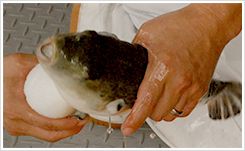
Globefish are so nervous that they bite each other if they feel stress.
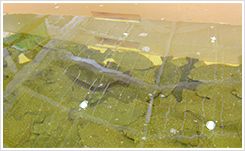
Flatfish are living in soil. That is why we use brownish reserves for them.
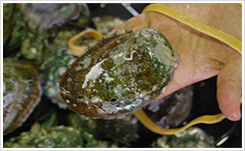
We can tell when and what abalone eat from watching their color.
HIRO’s live fish center is a symbol of our love to fish
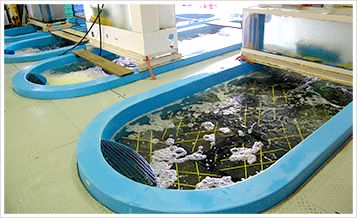
We change the color of fish-reserves depending on the kinds of them!
We have two kinds of reserves; bluish and brownish ones. We choose each of them depending on the kinds of fish. For instance, flatfish, which live in the soil, have brownish color and suffer greatly if they are put into bluish reserves. Such a situation makes the taste of them bad. We never compromise on the effort to make the best condition for fish.
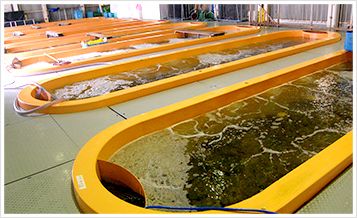
The reason for round-shaped reserves
As you can see, we have round-shaped reserves. Square ones prevent smooth circulation and cause much stress to fish.
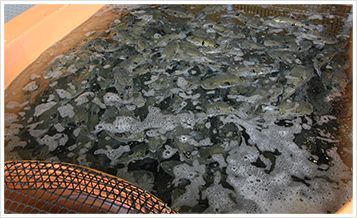
The reason for 5% density of fish
We maintain the low density of fish. This is not because we have less fish to deal with but because we realize that the 5% density is the best for fish. Imagine the situation where you have to use a too dense elevator. It is stressful, isn’t it? The same thing can be said to fish. It is important to maintain the best living-condition for fish.
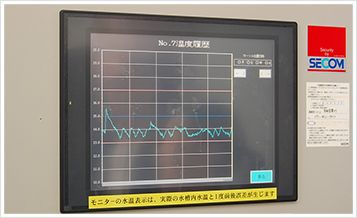
Temperature
We adjust the temperature of fish- reserves by as little as 0.5 degrees and pay much attention to tiny changes of fish. This makes the stress-free environment for fish.
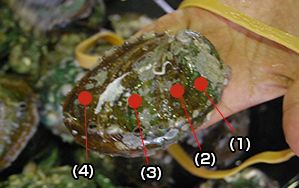
various tastes and colors of abalone
(1)After eating wakame
(2)After eating kombu
(3)After eating wakame
(4)After eating kombu
We can tell what abalone ate by watching the color of them. It is said that the abalone which eat both wakame and kombu are more delicious.



















